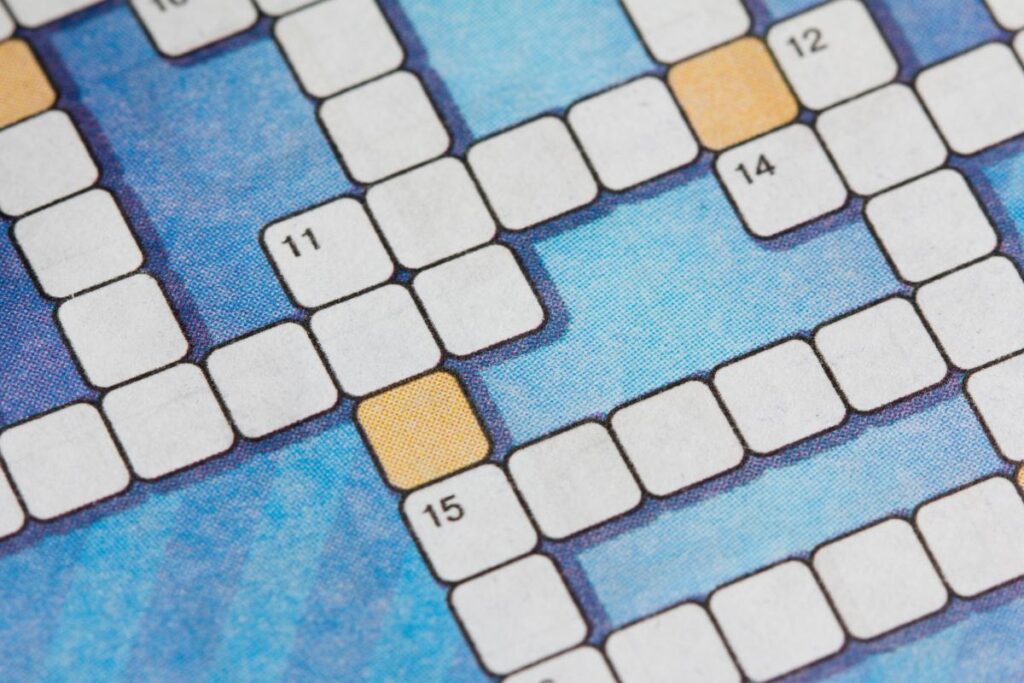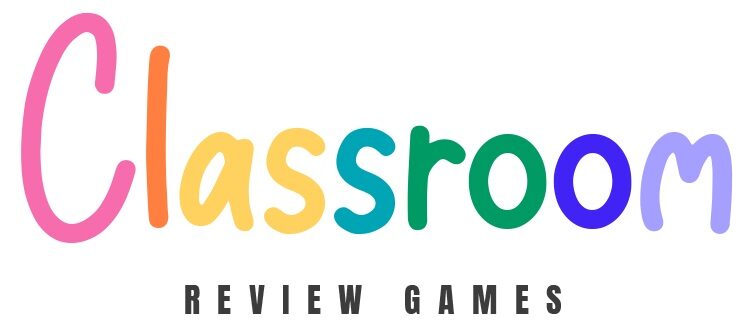14 Puzzle Games for Students
Puzzle games are an excellent tool for boosting student’s cognitive skills, enhancing problem-solving abilities, and making learning more engaging. Suitable for various subjects, these games can be adapted for different age groups and learning environments. Here’s a collection of educational puzzle game ideas, each accompanied by an example to illustrate its potential in the classroom.
1. Crossword Puzzles

Materials Needed:
- Crossword puzzle sheets
How to Play:
Create a crossword puzzle with terms related to a current topic of study. For example, in a science class about ecosystems, clues might be “The place where a river meets the sea” with the answer being “estuary.”
2. Jigsaw Maps
Materials Needed:
- Jigsaw puzzles of world or country maps
How to Play:
Students work in groups to piece together a map puzzle. For instance, in a geography lesson, they might assemble a map of Europe, identifying countries like France, Germany, and Spain as they go.
3. Word Search with Hidden Messages
Materials Needed:
- Word search sheets
How to Play:
Design a word search puzzle with vocabulary from the lesson. Once all words are found, the remaining letters could spell out a hidden message related to the topic, like “conservation” in an environmental science class.
4. Sudoku with Symbols
Materials Needed:
- Sudoku puzzles with symbols or pictures instead of numbers
How to Play:
Replace traditional numbers in a Sudoku puzzle with symbols related to the subject, such as chemical elements for chemistry class. Solving the puzzle reinforces familiarity with the symbols.
5. Historical Figure Match-Up
Materials Needed:
- Cards with historical figures on one set and significant events or contributions on another
How to Play:
Students match cards of historical figures to corresponding events or achievements. For example, matching “Martin Luther King Jr.” with “I Have a Dream speech.”
6. Math Puzzles
Materials Needed:
- Math puzzle sheets
How to Play:
Use puzzles that require mathematical operations to solve, like finding missing numbers in a sequence. An example might be a puzzle where students calculate the angles of a geometric shape to complete the puzzle.
7. Anagram Challenges
Materials Needed:
- Anagram puzzles on sheets or a board
How to Play:
Create anagrams from key terms of the current unit. In a literature class, “Hamlet” might become “The Meal,” and students unscramble it to reveal the original term.
8. Science Concept Mazes
Materials Needed:
- Maze puzzles on paper
How to Play:
Design mazes where each turn or decision point is determined by answering a science question correctly. For example, choosing the correct path might require knowing that water boils at 100°C at sea level.
9. Language Translation Puzzles
Materials Needed:
- Puzzles with words in a foreign language and clues in English
How to Play:
If you are looking for a fun vocabulary review game, create a translation puzzle. Students solve the puzzle by translating foreign language words into English. In a Spanish class, the puzzle might include words like “gato” (cat) and “perro” (dog).
10. Code-Cracking Games
Materials Needed:
- Encoded messages
How to Play:
Students decipher a message encoded in symbols or a simple cipher related to the lesson’s theme, like decoding a quote from a famous author in English class.
11. Sequencing Events
Materials Needed:
- Cards or strips with historical events
How to Play:
Students order cards that detail events in chronological order. In a World History class, this might involve sequencing major events of World War II.
12. Logic Grid Puzzles
Materials Needed:
- Logic grid puzzle sheets
How to Play:
Create logic puzzles where students use clues to match items from different categories. For example, matching inventors to their inventions based on given clues.
13. Picture Puzzles for Vocabulary
Materials Needed:
- Picture puzzle sheets
How to Play:
Use pictures that represent vocabulary words, and students identify the word based on the picture. In an ESL class, a picture of a snowflake could prompt the word “cold.”
14. Tangrams for Geometry
Materials Needed:
- Tangram sets
How to Play:
Students use tangram pieces to form shapes specified by the teacher, reinforcing geometry concepts. For example, creating a square might involve combining two right-angled triangles.

